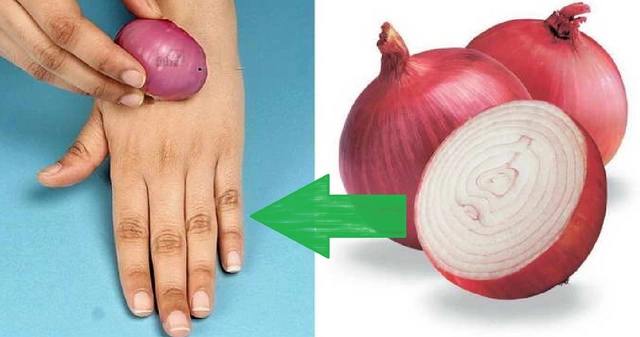Hypertension medications: what works and how to use them
High blood pressure (hypertension) is common, but it’s usually manageable with the right medicine and simple habits. This page breaks down the main drug types, what they do, common side effects, and quick tips so you can talk to your doctor with confidence.
Common types of blood pressure meds
Here are the drug classes you’ll see most often and plain-language notes on each:
ACE inhibitors (examples: lisinopril, enalapril). They relax blood vessels by blocking a hormone that tightens arteries. Good for people with diabetes or heart problems. Watch for cough and, rarely, swelling of the face or throat.
ARBs (examples: losartan, valsartan). Work like ACE inhibitors but usually without the cough. Avoid in pregnancy.
Calcium channel blockers (examples: amlodipine, diltiazem). They ease vessel tension and slow the heart rate slightly. Common effects: swollen ankles or mild flushing.
Diuretics or “water pills” (examples: hydrochlorothiazide, chlorthalidone). They help kidneys remove salt and water, lowering blood volume. They’re inexpensive and often first-line. Keep an eye on potassium levels and dehydration.
Beta-blockers (examples: metoprolol, atenolol). They slow the heart and reduce workload. Useful after heart attacks or with certain arrhythmias. Can cause tiredness or cold hands; not always best if you have asthma.
How doctors choose and what to expect
Doctors pick meds based on your age, other health issues (diabetes, kidney disease, heart disease), and how high your blood pressure is. Often you’ll start with one drug; if that’s not enough, your doctor may add a second from a different class. Combining a diuretic with an ACE inhibitor or ARB is common and effective.
Most medicines take a few weeks to show full effect. Don’t stop suddenly unless your doctor says so — some meds need tapering.
Side effects are real but often manageable. If you get a bothersome cough, low energy, swelling, or dizziness, call your prescriber. Blood tests are sometimes needed to check electrolytes and kidney function after starting or changing meds.
Practical tips: measure your blood pressure at home with a reliable cuff and record readings. Take meds at the same time every day. Keep a list of all prescriptions, OTC drugs, and supplements — NSAIDs, for example, can raise blood pressure and reduce some meds’ effects.
If you buy meds online, use only licensed pharmacies that require a prescription and show clear contact details. Scams sell fake or harmful pills. When in doubt, ask your pharmacist or doctor first.
Pregnancy, breastfeeding, and some health conditions rule out certain drug classes (ACE inhibitors and ARBs are unsafe in pregnancy). Always tell your doctor if you might become pregnant.
Small habits matter: cut excess salt, move more, limit alcohol, and sleep well. Those steps often let your doctor use lower doses or fewer drugs.
If your blood pressure feels hard to control, bring a week of home readings to your appointment and ask about pill timing, side effects, and drug interactions. With the right plan, most people get safe, steady control and a lower risk of heart attacks and stroke.

9 Alternatives to Chlorthalidone for Managing Hypertension and Heart Failure
Explore nine alternatives to Chlorthalidone, a popular diuretic, each offering unique benefits and potential drawbacks. Dive into how these medications work for managing hypertension and heart failure, highlighting their pros and cons to help guide suitable treatment choices. Through practical insights, understand how options like Eplerenone compare in terms of efficacy, side effects, and patient suitability.
Detail




